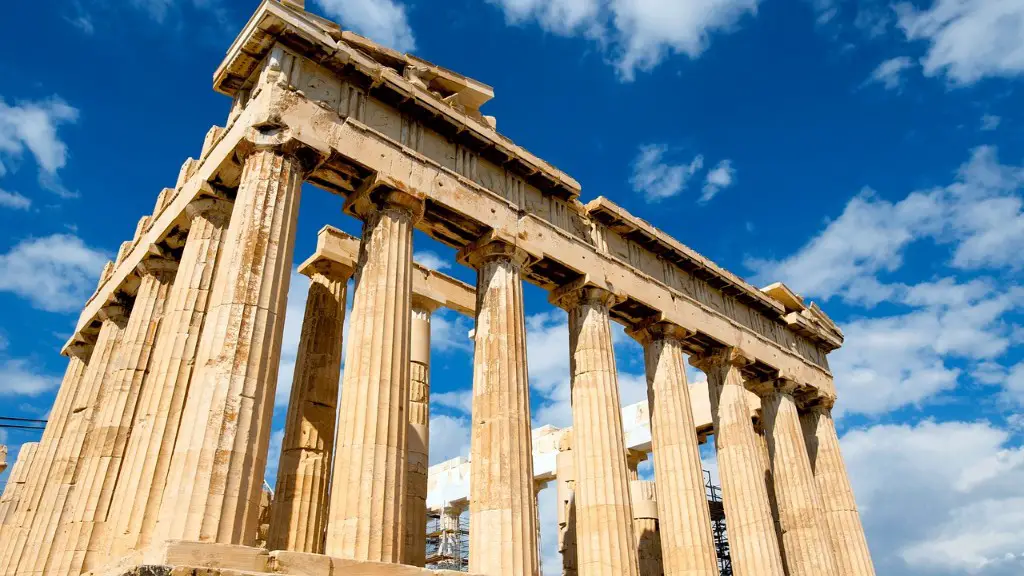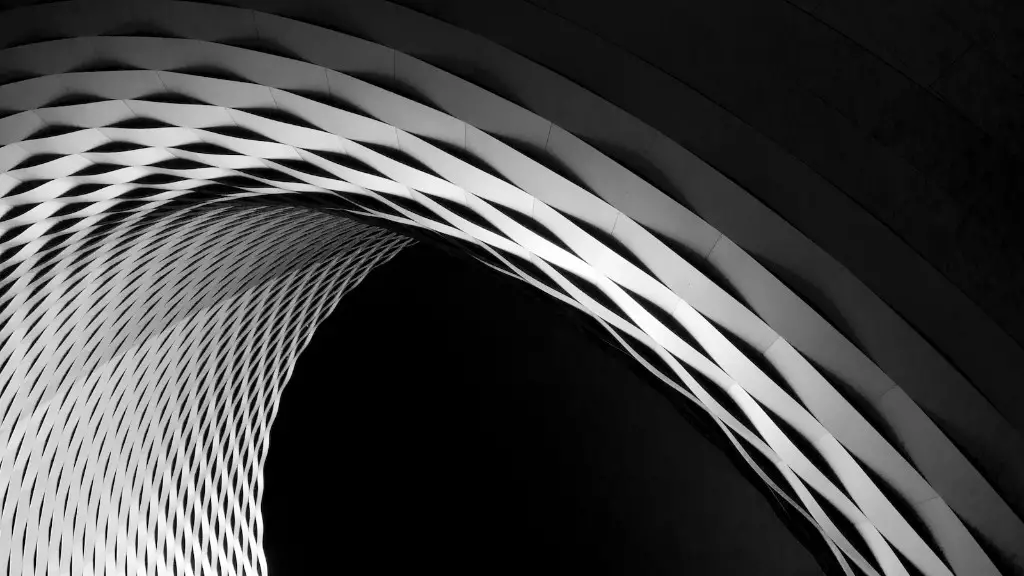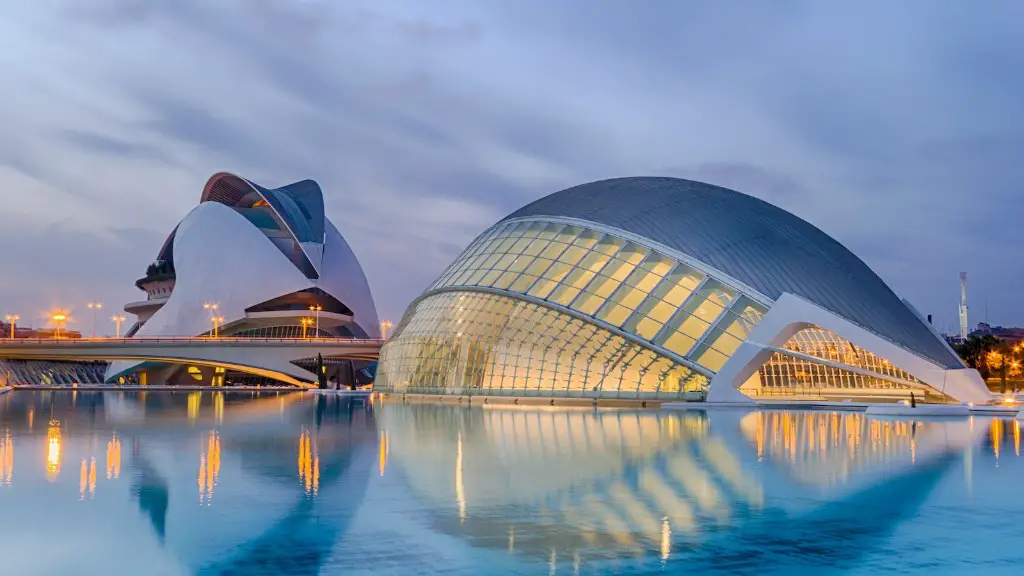The Timeline of Egyptian Art and Architecture
Egyptian art and architecture is among the most famous in the world, owing to its incredible age, vastness and diverse scope. In the timeline of Egyptian art and architecture, we can trace a development that was informed by religious beliefs and social changes over a period of thousands of years.
The earliest evidence of Egyptian art is believed to have existed in the form of palettes, statuettes and small objects found in archaeological sites. These objects, which date from approximately 4000 BC, often depict images of gods and goddesses or animals. It is also believed that these objects were created as offerings for the deceased, a tradition that would continue for centuries.
Over the next thousand years, the Egyptians began to develop tombs and pyramids that would be the focal point of their architecture. This period, which lasted from 2600 – 1150 BC, would see the development of towering structures and grand temples meant to be places of worship and cultural development. The Giza Necropolis, which contains the Great Pyramid and the Great Sphinx, are some of the most iconic landmarks of this time.
During the New Kingdom period (1550 – 1069 BC), art and architecture shifted towards a more decorated, elaborate style. Paintings, reliefs and sculptures became more detailed, human figures were more lifelike and often depicted in complex poses. Statuary, which had previously been mostly anonymous, now began to represent real figures, such as pharaohs and members of the royal family. Architecturally, Art and architecture shifted away from the traditional form of a temple and towards public palaces, memorial obelisks, and even a profusion of gentle and impressive obelisk-like columns.
Religious Significance Of Egyptian Art And Architecture
Religion was an important part of life in Ancient Egypt. Egyptian art and architecture, particularly during the New Kingdom period, was largely based on religious symbolism and intended to evoke a sense of veneration for the gods. Statues of gods and goddesses were seen as means of communicating with the gods and goddesses, and could be found in abundance in temples, tombs and palaces across the land.
The practice of placing deities in paintings, statues and representations of architecture showed the Egyptians’ faith in the divine power of the gods. Reliefs of gods and goddesses, in particular, were believed to protect and bless the building where they appeared, as well as the building’s inhabitants. For example, scenes of Osiris, the Egyptian god of life, death and resurrection, were often found at the entrance to a temple as it was believed he would protect those who came in.
Egyptian Art And Architecture During The Greco-Roman Period
The decline of Ancient Egyptian civilisation began in the Greco-Roman period (323 BC – 30 BC), which saw a shift away from the previously elaborate styles of art and architecture. This period saw a decline in the quality of art and a return to a more traditional approach to architecture.
Nevertheless, the Greco-Roman period still saw the emergence of stunning and intricate sculptures, as well as a return to some of the old religious themes favoured during the New Kingdom period. Examples of this period include the Temple of Isis in Philae, which combines ancient Egyptian styles with Greco-Roman influences, and the Temple of Horus in Edfu, which features extensive sculptural elements in its design.
Egyptian Art And Architecture After Greco-Roman Times
In 641 AD, Egypt was conquered by the Islamic Empire, which Umar ibn al-Khattab described as “an endless treasure of heritage, history and culture.” This imperium’s rule saw the introduction of new styles of art and architecture across the country, from the Great Mosque in Cairo to the Kairene Fountain in Alexandria.
In the medieval period, Islamic architecture continued to influence the regions of Egypt, particularly in Cairo, where the new style blended with the traditional Egyptian art and architecture of old. Many mosques and madrasas were constructed during this time, as well as private dwellings that included large gardens and grand halls.
Modern Revival of Egyptian Art and Architecture
Egyptian art and architecture have experienced a resurgence in recent times. Projects such as the Grand Egyptian Museum, which opened in 2020, the Grand Arabic-Islamic Museum of Cairo, as well as numerous other projects in Egypt, have given new life to the nation’s cultural heritage.
Modern Egyptian art and architecture, while still drawing inspiration from ancient and medieval sources, have seen more contemporary innovations. Stunning sculptures, paintings and reliefs have become commonplace in urban settings, while modern buildings across the country feature designs that fuse traditional and modern elements.
Egyptian Art and Architecture in Contemporary Society
From stunning sculptures to grand architectural complexes, Egypt’s ancient art and architecture has been an integral part of its cultural identity for thousands of years. Today, it continues to influence the nation’s cultural production, education, and tourism projects.
The country is home to a plethora of museums and galleries, from the Grand Egyptian Museum in Cairo to the Grand Arabic-Islamic Museum. These, along with countless other monuments, temples, tombs, and palaces scattered across the country, continue to share the stories, culture, and history of Ancient Egypt with both the local population, and those from around the world.
Egyptian Art And Architecture As A Symbol Of National Pride
The art and architecture of Egypt has been a source of national pride for the Egyptian people for hundreds, if not thousands of years. The nation’s monuments, temples, statuary and waterworks have stood the test of time, each telling its own story. From the grandeur of the Great Pyramid and Sphinx to the ornate mosaics of the Roman period, Egyptian art and architecture has endured, inspiring and shaping the nation’s culture, history, and identity.
This legacy has been kept alive, both through the many modern projects that fuse traditional and modern elements, as well as through the cultural heritage of the country that embraces the ancient past. Furthermore, it is a source of pride that transcends generations and continents, and despite the many changes, remains a part of the nation’s identity.
What Does The Future Hold For Egyptian Artifact?
The archaeological landscape of Egypt is constantly evolving, with new discoveries and insights into history being made every day. As the international community continues to be fascinated by the history and culture of Ancient Egypt, it is likely that the future will see new excavations, restorations and Museums, as well as a renewed interest in all aspects of the nation’s archaeological past.
In addition, the current generation of scientists, archaeologists and historians are focused on understanding and preserving the nation’s past for future generations. This work is invaluable in developing our understanding of the past, and preserving its legacies for the future.
Conclusion
From its early days to the present, Egyptian art and architecture have played an important role in the nation’s identity and cultural heritage. From its religious significance to its contemporary revival, Egyptian art and architecture has remained a source of pride and fascination for both Egyptians and the international community.
Moreover, the future holds great promise for both Archaeological research and the preservation of the nation’s cultural heritage. Undoubtedly, Egyptian art and architecture will continue to be admired, respected and celebrated, both in the nation and abroad.


